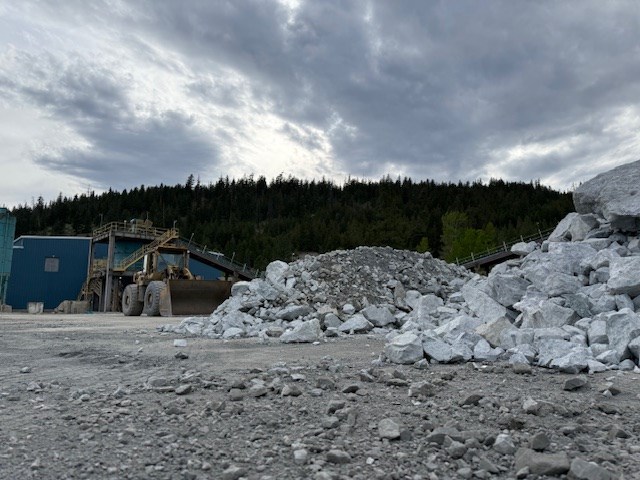New data casts doubt on Trump’s basis for tariffs on Canadian aluminum

Article content continued
Trump originally imposed tariffs on Canadian aluminum in the summer of 2018 and kept them in place until May 2019. At the time they were lifted, Trump reserved the right to reimpose tariffs if Canadian export volumes “surge meaningfully beyond historic volumes of trade over a period of time.”
In August, the Trump administration said that Canadian exports of non-alloyed aluminum climbed 87 per cent from June 2019 to May 2020 compared to the previous 12-month period, and accused Canadian producers of hurting the U.S. aluminum sector.
In May, Alcoa Corp. said it would lay off hundreds of workers at an aluminum smelter in Washington, but federal legislators from the state wrote in a letter to Trump that China was to blame for a globally depressed aluminum market.
Jean Simard, president of the Aluminum Association of Canada, which opposes the tariffs, said during the panel discussion Thursday that when the non-alloyed aluminum exports from Canada rose, “there was a corresponding drop in value added aluminum.”
He said the definition of “a surge” has always been vague, but argued these circumstances do not fit the criteria.
“The COVID driven market transition that happened early in the spring and summer here and around the world certainly does not qualify for this definition,” said Simard.
Foreign traders, who make money trading physical quantities of P1020 aluminum were the biggest beneficiaries of the tariffs, since it created price volatility, he said.





